
Research Notes
U.S. Data Center Emissions Through 2040
With demand outpacing clean energy, data center emissions could increase up to 110% in 4 years.


Research Notes
With demand outpacing clean energy, data center emissions could increase up to 110% in 4 years.
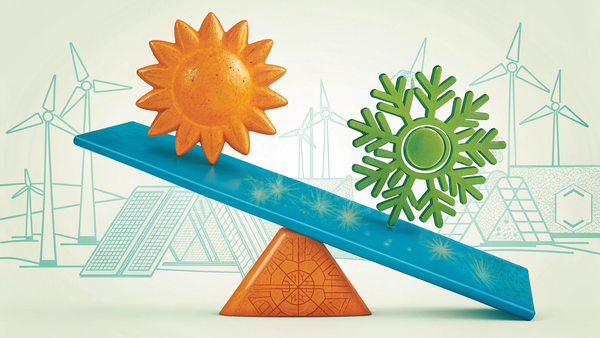
Research Notes
If the only things we can build are solar and data centers, grid planners are going to have a whole new season to worry about.

Policy Impacts
New modeling explores how U.S. power systems evolve through 2040 under a reversal of federal policy.
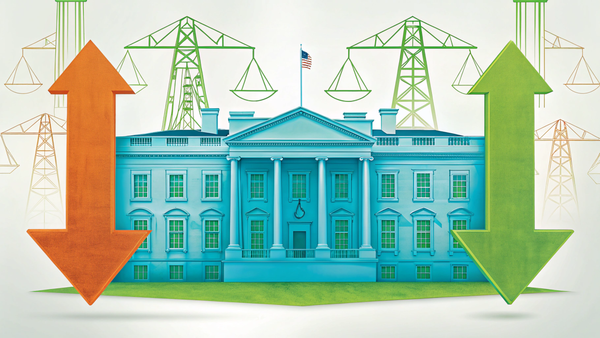
Policy Impacts
EER's latest REPEAT modeling shows how the OBBB derails the energy transition by raising emissions, increasing household energy bills, and slowing clean energy investment.
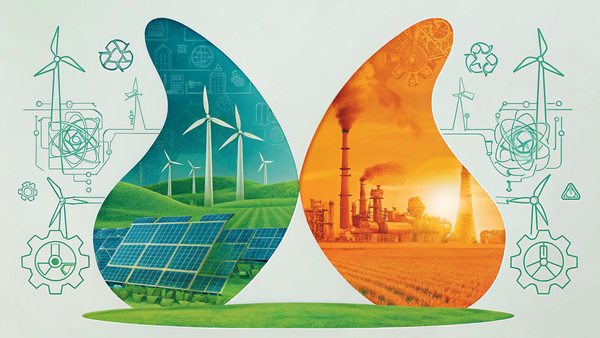
Policy Impacts
Princeton and EER's most recent REPEAT Project report analyzes a potential repeal of current federal energy and climate policies, presenting a bleak outlook of significant increases to greenhouse gas emissions and energy costs.
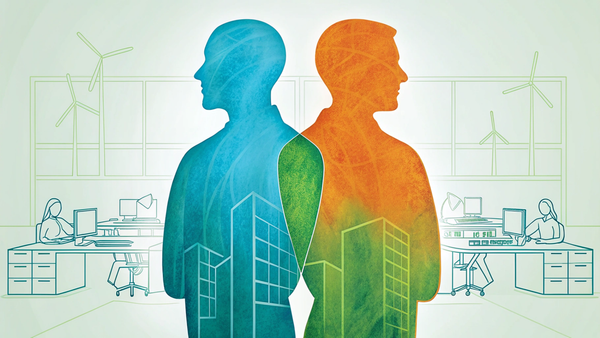
Summer Fellows
Our Summer Fellows have launched their respective research projects: developing an agent-based EV model, and forecasting in the era of data centers. Welcome aboard!
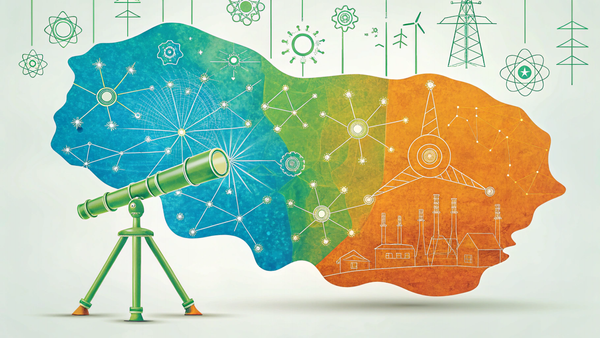
Markets & Economy
Hear from our founders about what we are currently developing at Evolved for release over the coming year.
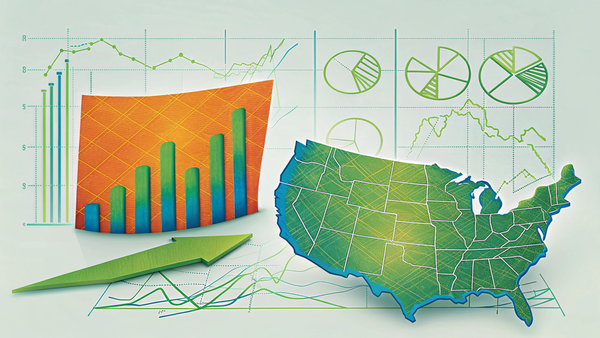
Demand Forecasting
The new electricity reality means that the era of passive energy planning is over. Here’s how we move forward.
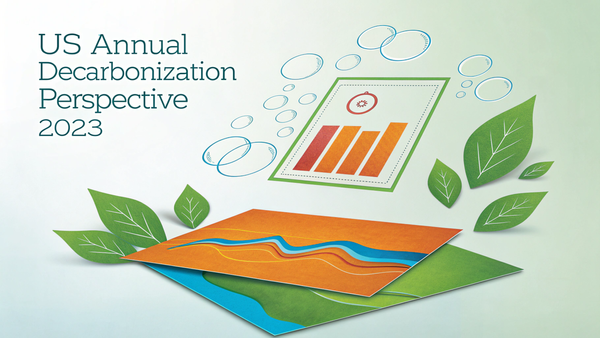
Decarbonization
EER's Annual Decarbonization Perspective 2023 (ADP) is the second in a series of annual updates on long-term deep decarbonization pathways for the United States. It provides detailed technical blueprints for the transition of the U.S. economy to net-zero greenhouse gas emissions by 2050, including the production and

Decarbonization
EER was in Brussels last week with Third Way's Carbon-Free Europe program presenting the results of our European Annual Decarbonization Perspective at the Royal Belgian Institute for Natural Science. This year's ADP reflected the massive changes Europe has experienced over the past year including record-setting gas
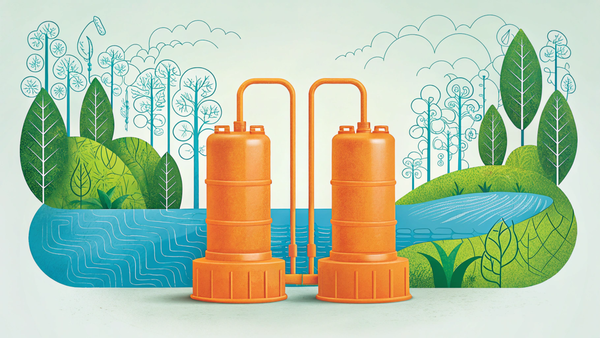
Policy Impacts
The IRA requires emissions from hydrogen production to be less than 0.45 kg CO2e/kg H2 in order to qualify for the full ($3.0/kg) 45V clean hydrogen production tax credit. This credit is extremely valuable and represents a substantial share of the economic proposition for clean hydrogen
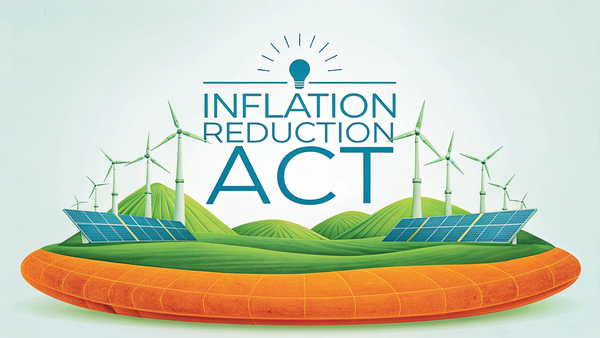
Policy Impacts
With last summer's passage of the Inflation Reduction Act (IRA), the United States took the first real steps at the national level on a pathway to net zero. EER's experience modeling anticipated policy impacts of the legislation (REPEAT Project) as well as our experience modeling deep